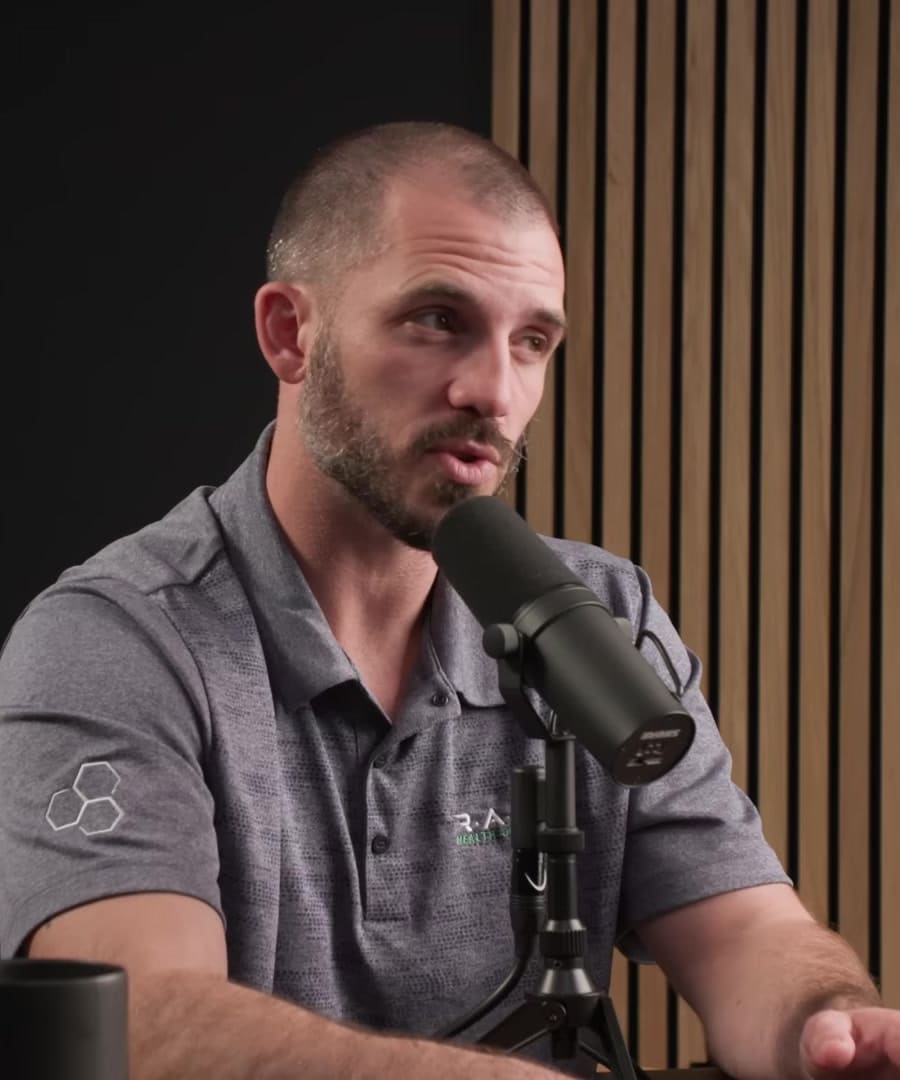What are best ways to improve flexibility and reduce belly fat
Sources:
To enhance flexibility, advocates for static stretching, including holding a stretch for 30 seconds per set and aiming for a minimum of five minutes per week per muscle group, spread out over multiple days, to distribute the frequency evenly 1. Starting with short duration stretches is key to improve flexibility and stretch tolerance.
To optimize body fat loss, suggests a combination of high-intensity training followed by low-intensity movement, which could be beneficial when performed several times a week 2. He underscores the role of adrenaline as a crucial element for fat loss, which is released during both high-intensity movements and more moderate activity.
Breathing techniques, such as nose breathing, while not directly referenced in the context of fat loss, can maximize oxygen intake, which could indirectly support exercise performance 3.
For both flexibility and fat loss, it's important to start with manageable protocols and gradually build up intensity and duration while listening to the body's response. Always consult healthcare and fitness professionals before beginning any new exercise regimen.
RELATED QUESTIONSList high-intensity interval training workouts for fat loss
Sources:
has discussed various types of high-intensity interval training (HIIT) workouts that can be used for fat loss, such as:
-
Circuit Training with Weights: This involves completing a series of exercises with weights, one after another, with minimal rest in between.
-
Sprints and Burpees: High-intensity exercises that rapidly increase heart rate, followed by brief rest periods before repeating.
-
Air Bike (or Assault Bike): Intense intervals using both the arms and legs on a stationary bike that provides resistance.
-
Sprint Interval Training (SIT): Consists of all-out efforts above 100% of VO2 max, lasting 8 to 30 seconds, interspersed with less intense recovery periods.
-
Moderate Intensity Continuous Training (MICT): Steady-state cardio performed continuously for 20 to 60 minutes at a moderate intensity, such as jogging or using a rowing machine 1.
-
Swimming: All-out swimming sprints can also be a form of high-intensity interval training.
The idea is to push close to maximum effort, which stimulates the release of adrenaline, promoting fat oxidation and enhancing metabolic rates even after the exercise session is completed 2.
When considering a HIIT workout, the choice should be based on individual preference, risk of injury, intensity level, and overall enjoyment of the activity, as these factors significantly impact the effectiveness and sustainability of the workout routine 3. It's also important to remember that exercise type can affect hunger and appetite, which in turn can influence overall caloric balance 4.
-
What are best ways to improve flexibility and reduce belly fat
- RELATED QUESTIONS
List high-intensity interval training workouts for fat loss





